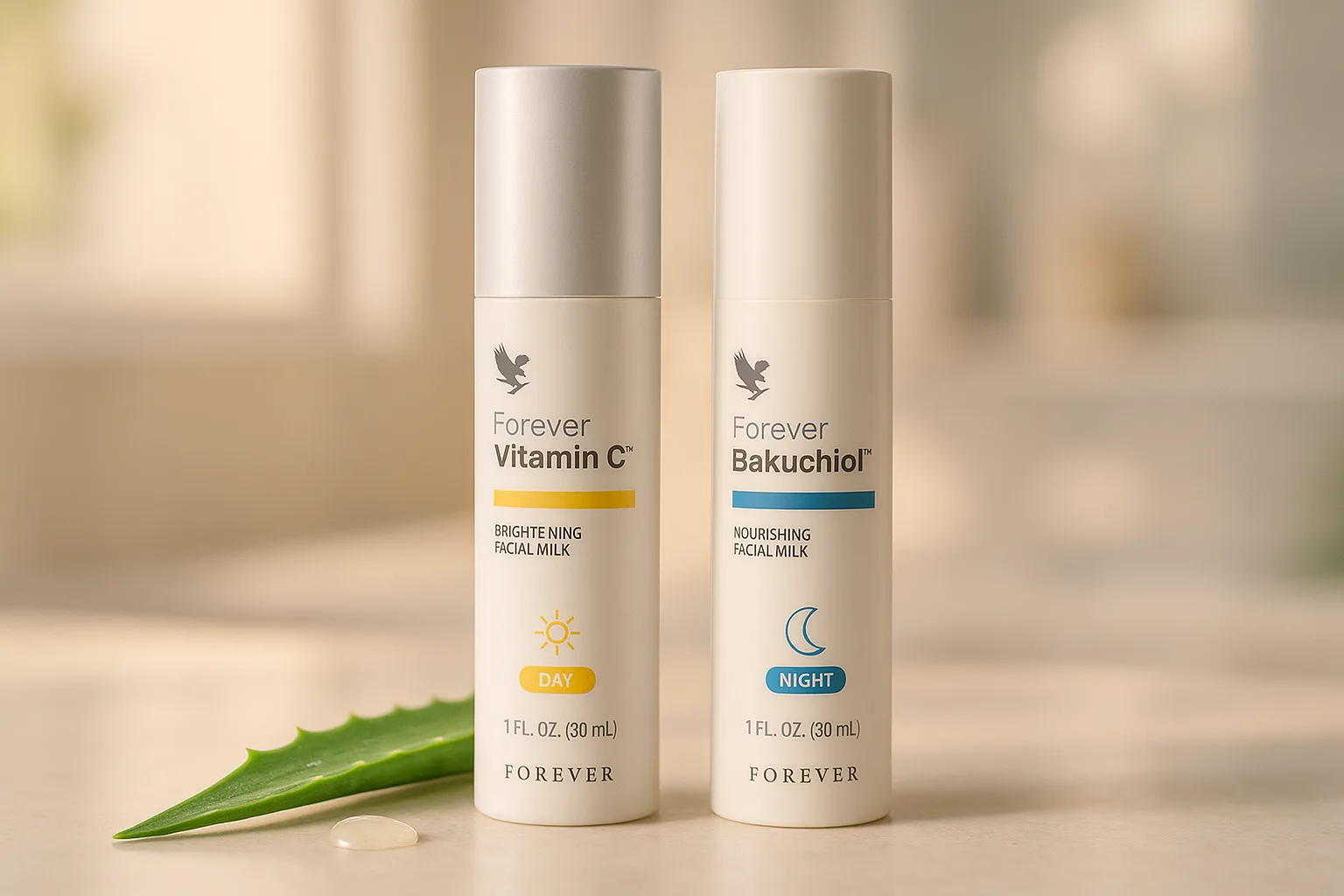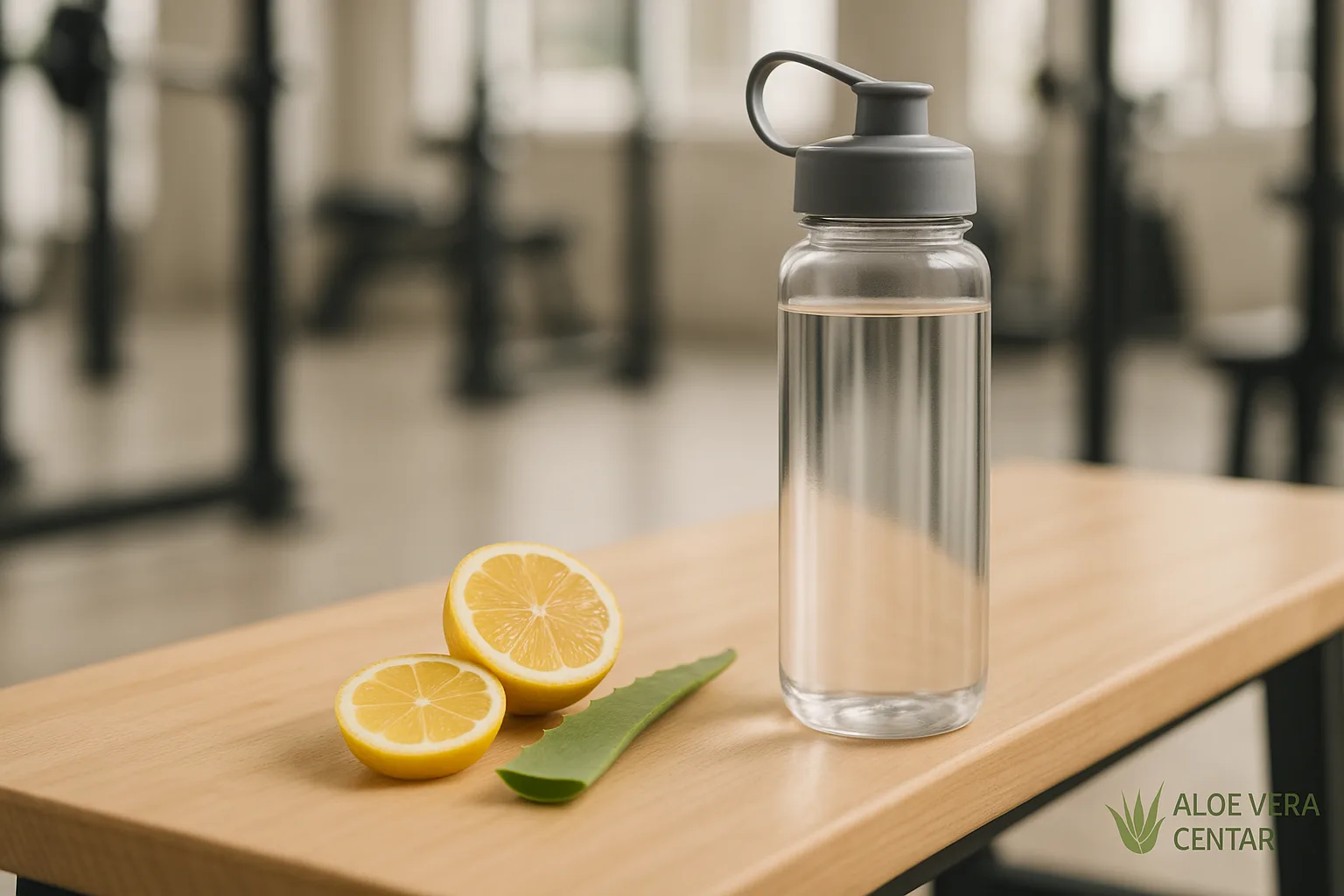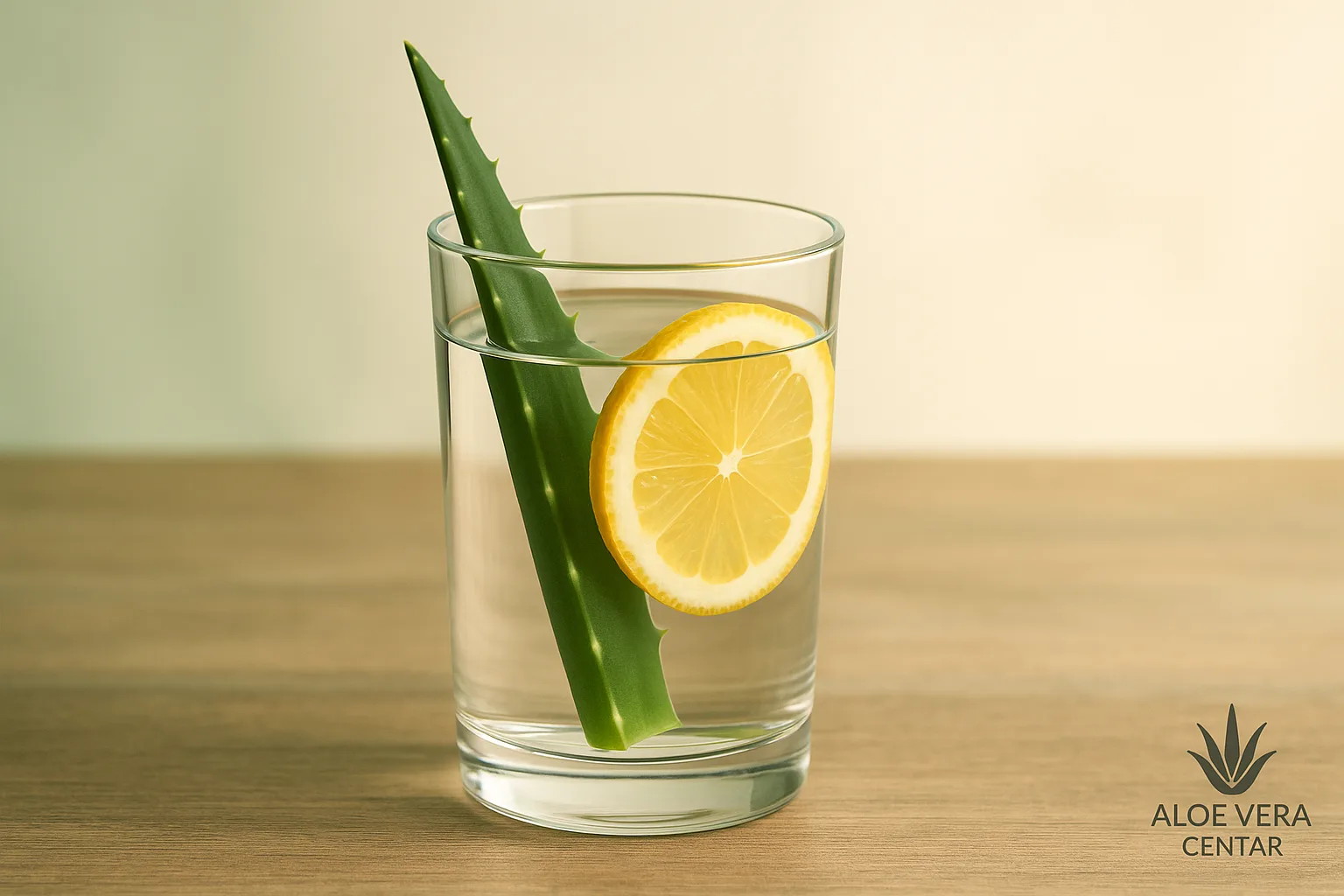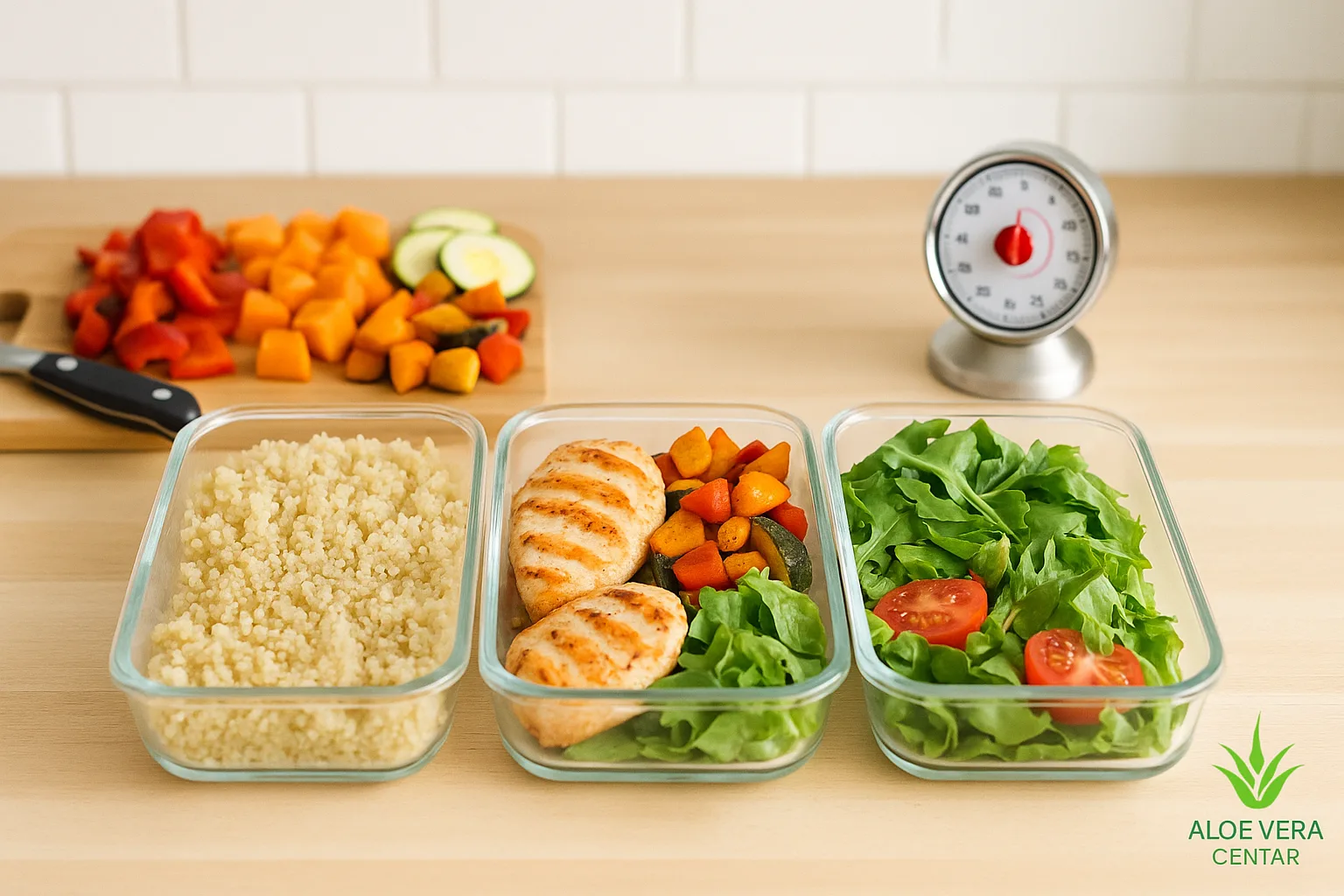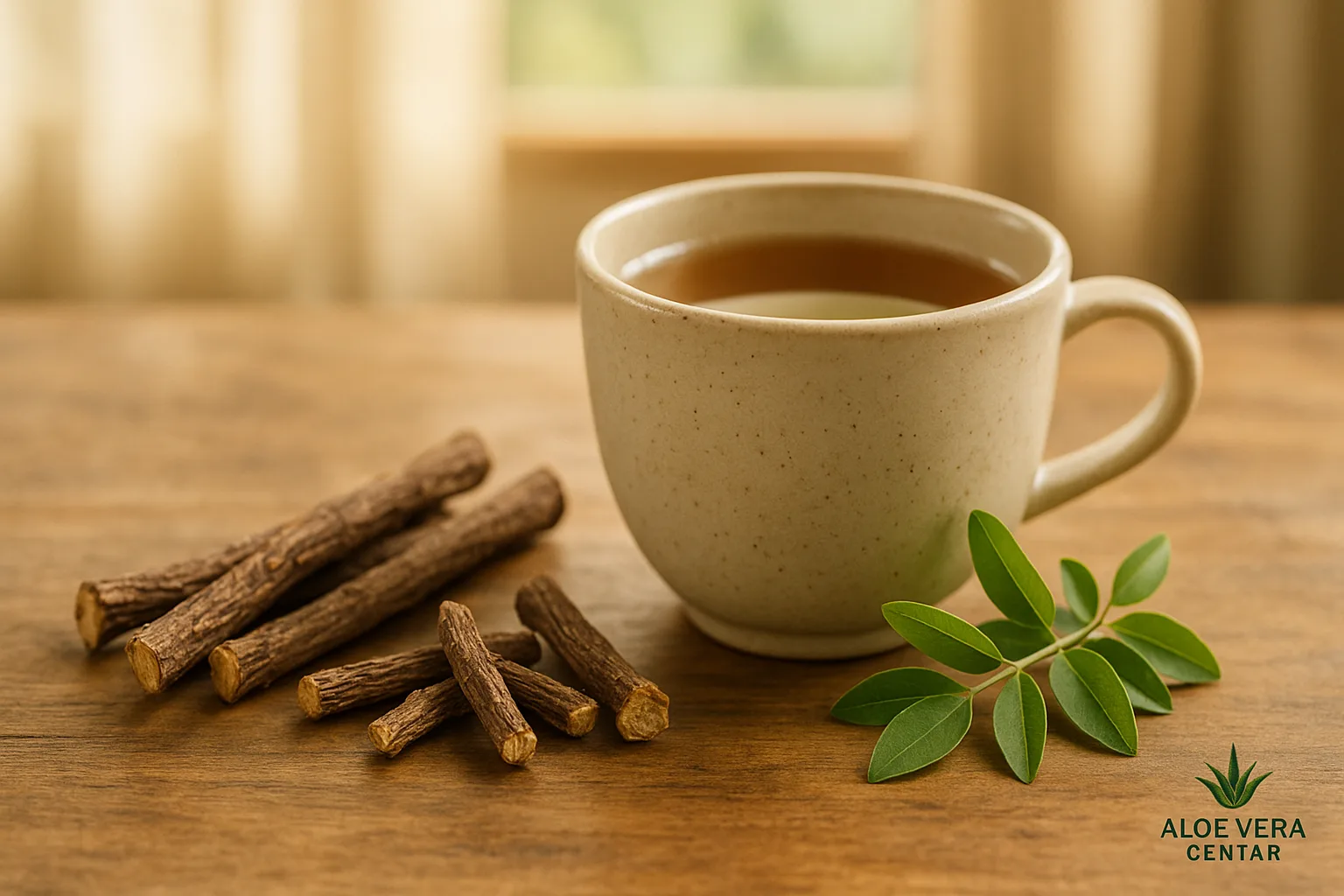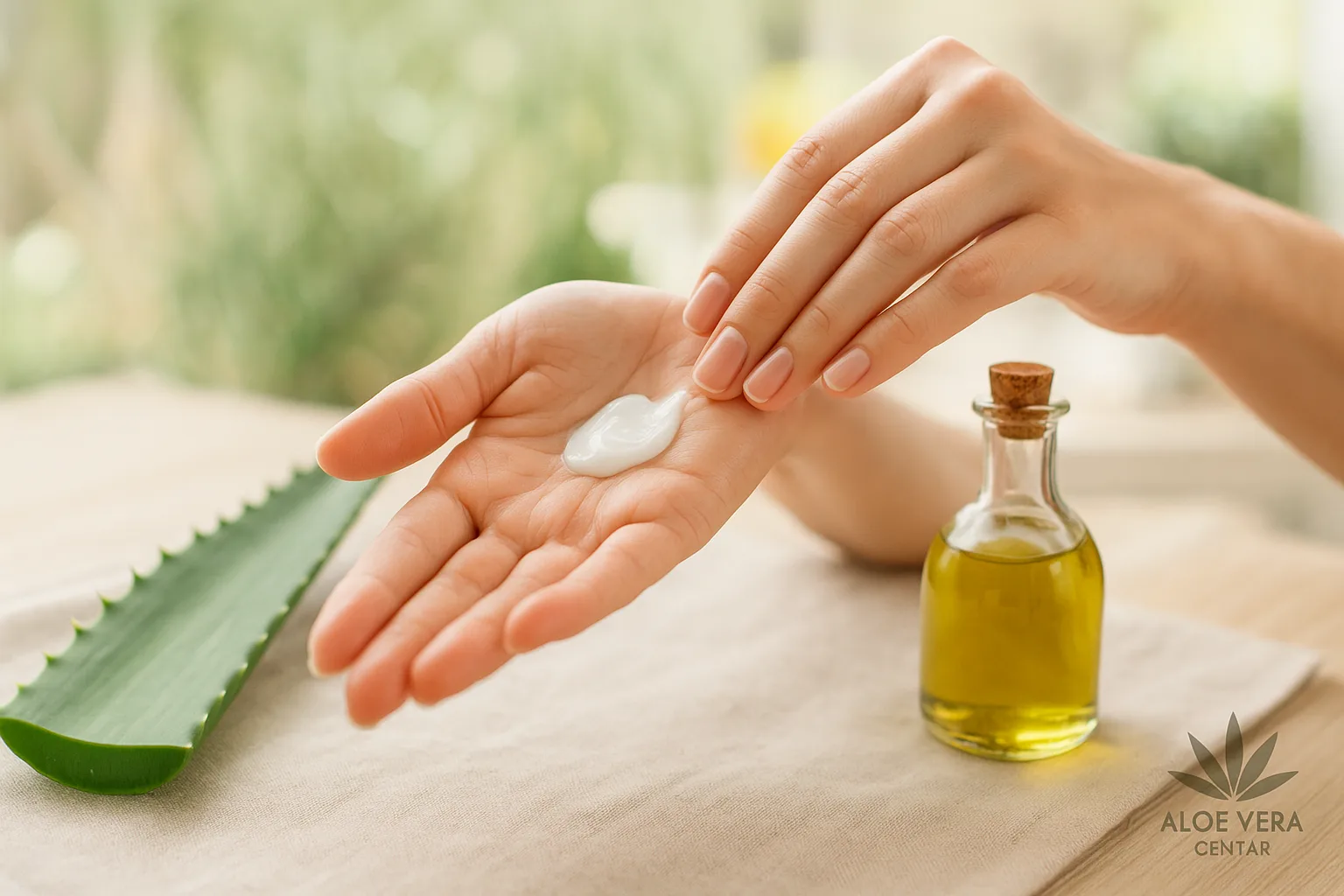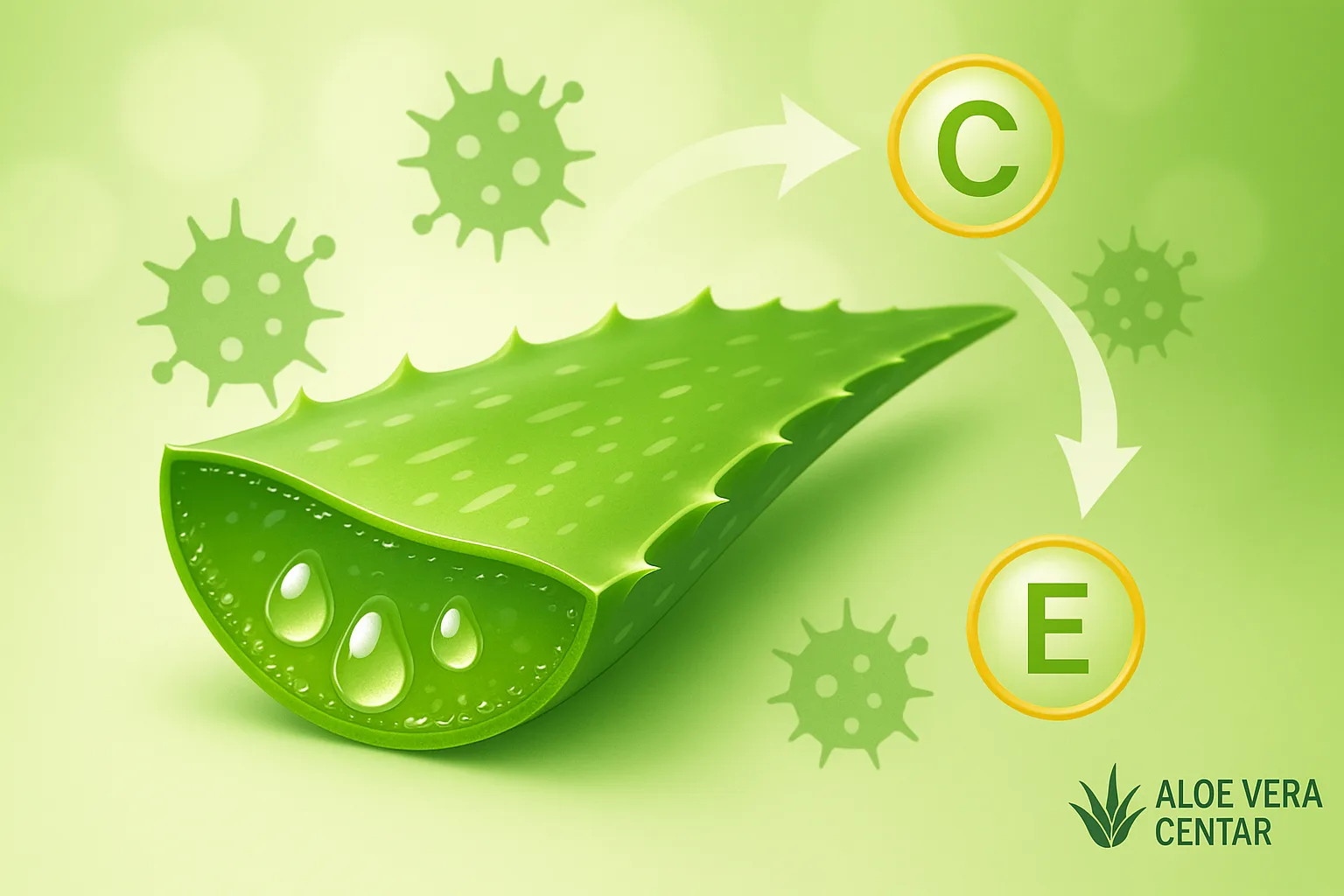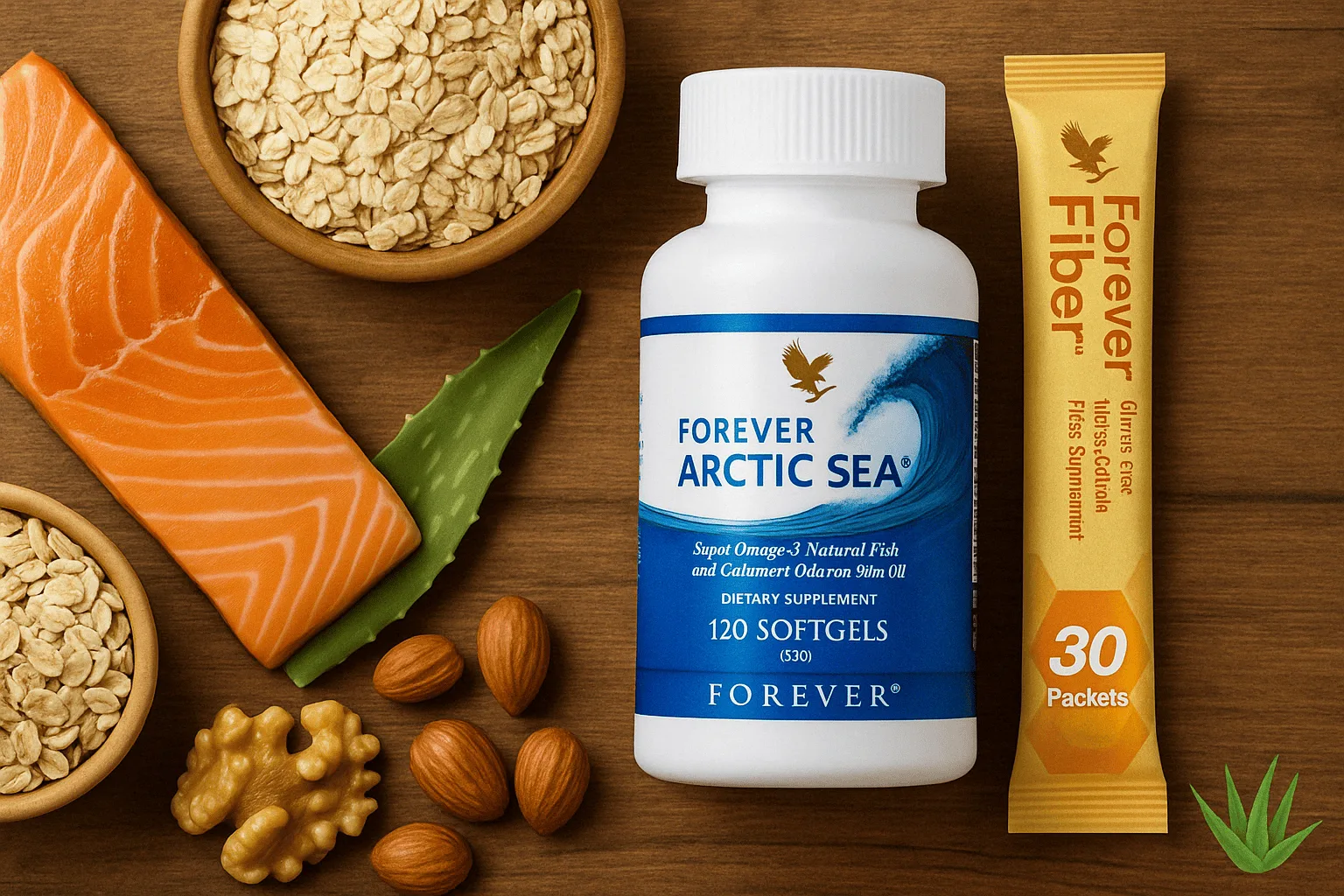
High Cholesterol: How Fiber, Omega-3 and Phytosterols Help Lower LDL
High cholesterol: the role of fiber, omega-3 and phytosterols
When we hear the term high cholesterol , we usually feel a sense of worry. It’s no wonder – elevated levels of LDL (“bad” cholesterol) are linked to an increased risk of cardiovascular disease, atherosclerosis, and other cardiovascular problems. But there are natural and effective approaches that can help regulate blood fats. This article will focus on three key allies: fiber, omega-3 fatty acids, and phytosterols . Learn how they work, where to find them, and how to combine them to achieve healthy cholesterol levels.
You may be wondering, “Sounds too good to be true? Why fiber, omega-3s, and phytosterols?” Don’t worry, we’ll go over everything in detail, including the latest scientific references (eg a 2019 PubMed study on the effect of fiber on LDL cholesterol) and practical advice on how to apply this knowledge to real life. We’ll also direct you to helpful natural supplements, like Forever Fiber or Arctic Sea Omega , that can further support your cholesterol-lowering mission. And if you want a thorough overview of all the tips and products, we recommend the article High Cholesterol with additional guidelines for daily practice.
Why is high cholesterol dangerous?
Cholesterol is a type of lipid that is essential for the normal functioning of the body – it is involved in the synthesis of hormones, vitamin D and the construction of cell membranes. However, when LDL cholesterol levels are too high, it accumulates on the walls of blood vessels (atherosclerosis). Over time, this can result in narrowing of the lumen of the arteries and an increased risk of heart attack and stroke.
Healthy cholesterol ranges for adults typically include:
- LDL (“bad”) cholesterol: it is desirable to have< 3 mmol/L
- HDL (“good”) cholesterol: the higher, the better (ideally> 1 mmol/L for men and> 1.2 mmol/L for women)
- Triglycerides: ideal< 1.7 mmol/L
Heredity, diet, physical activity, smoking, and various other factors can influence these values. However, most experts agree that targeted dietary changes, increasing fiber and good fats (like omega-3) are definitely worth trying to contribute to normal blood fats.
The role of fibers: “broom” for arteries and intestines
Fiber is a plant component that the human body cannot fully digest, but it is this “indigestibility” that gives it special health value. According to a meta-analysis published in 2019, soluble fiber can significantly lower LDL cholesterol by binding to fats in the digestive system and removing them from the body. Specifically:
- Soluble fibers (eg from oat bran, psyllium) turn into a gel, bind cholesterol and thus limit its absorption.
- Insoluble fiber (eg from wheat bran) “cleans” the intestines and accelerates the passage of food, thereby reducing the reabsorption of bile acids.
The recommended daily fiber intake for adults is about 25–30 grams. If you find it challenging to get that much through food, Forever Fiber or other quality supplements can help. Don’t forget about water – without enough fluids, fiber can have the opposite effect and make constipation worse.
Omega-3 fatty acids: an ally in the fight against bad cholesterol
Omega-3 fatty acids are most commonly found in oily fish (e.g., salmon, mackerel, herring) and in plants like flax and chia seeds. Numerous studies, such as a review published in 2018 , suggest that these essential fats:
- They lower triglycerides in the blood
- They help slightly increase HDL (“good”) cholesterol
- They improve blood vessel function and have an anti-inflammatory effect.
If you don’t eat enough fish, consider taking a quality supplement. An example is Arctic Sea Omega , a product that contains a blend of fish oils and oleic acid. In addition to helping regulate cholesterol, omega-3s are beneficial for the brain, eyes, and overall cardiovascular system.
Phytosterols: how to include them in your diet?
Phytosterols are natural compounds found in plants that are structurally similar to cholesterol. Because of this similarity, they “compete” with cholesterol in the digestive system and prevent its absorption. The result is less cholesterol entering the bloodstream and potentially lower LDL.
Foods rich in phytosterols include:
- Seeds (e.g. sunflower, sesame)
- Nuts (almonds, pistachios)
- Cold-pressed vegetable oils (olive, rapeseed)
Some studies suggest that consuming 2–3 g of phytosterols per day can reduce LDL cholesterol by about 10–15%. However, it is important to maintain this intake long-term, combined with other healthy habits. In modern diets, people often do not consume enough phytosterols, so there are products (such as fortified margarines) that contain them. However, moderation is key – margarine is not the healthiest food, but it can be useful in specific dietary plans.
Other factors: exercise, stress and genetics
Although fiber, omega-3 and phytosterols are strong allies in improving the lipid profile, we must not forget about:
- Physical activity: Moderate to intense exercise (e.g. brisk walking, running, swimming) promotes an increase in HDL and better fat utilization.
- Stress control: Stress often leads to increased cortisol and a tendency to overeat, which indirectly affects cholesterol levels.
- Hereditary predisposition: If you have a family history of high cholesterol, you may need to make extra efforts or even combine natural methods with medications (statins) under the supervision of a specialist.
Our bodies are different, so some people can achieve great results with diet and exercise alone, while others need additional medical support. It’s important to recognize your own needs and not be afraid to seek advice from a doctor or nutritionist.
A simple daily schedule to lower LDL cholesterol
Below is an example of how to distribute your diet and supplements:
- Breakfast (7:00 – 8:00): Oatmeal (a source of soluble fiber), berries, ground flaxseeds, and nonfat yogurt. Add 1 teaspoon of Forever Fiber if you don’t get enough fiber.
- Snack (10:30): A handful of nuts (almonds, walnuts) rich in phytosterols and omega-3 (from walnuts).
- Lunch (1:00 PM – 2:00 PM): Whole grain pasta or barley with lentils and vegetables. Drizzle olive oil over the salad (phytosterols). If you are “on the go”, eat fish (mackerel, salmon) 2-3 times a week to get a direct source of omega-3.
- Afternoon meal (4:30 PM): Smoothie with banana, spinach and 1 teaspoon of ground flax seeds. If necessary, take an Arctic Sea Omega capsule.
- Dinner (7:00 PM – 8:00 PM): Light salad with chicken or low-fat cheese. If you prefer a vegetarian dinner, tofu or tempeh with cooked vegetables. Don’t forget to drink plenty of water.
Additionally, 2-3 cups of green or herbal tea throughout the day can help the body’s antioxidant status, and regular exercise (at least a brisk walk) is also key to blood vessel health.
Link to natural supplements and experiences of other users
Many Aloe Vera Center users combine Arctic Sea Omega (or similar omega-3 supplements), plant-based phytosterols, and soluble fiber to lower LDL cholesterol levels. For some, these approaches are effective enough to avoid or reduce their statin dosage, while others combine natural methods with conventional therapy.
If you want to learn even more details and tips on balancing blood fats, check out the article High Cholesterol, which contains additional instructions for daily practice. You can also always use our AI advisor and get a 15% discount on selected products – this can be a great incentive to start a healthier lifestyle.
Frequently asked questions
1. How long do you need to take fiber and omega-3 to notice changes?
According to experience and some research, improvements can be seen after 4–6 weeks of regular use and adequate nutrition. For permanent changes, at least 2–3 months are recommended, along with regular blood lipid monitoring.
2. Can too much omega-3 cause problems?
Excessive intake (very high doses, e.g. > 4–5 g per day) may increase the risk of bleeding, especially in people taking anticoagulant therapy. In moderate doses, such as 1–3 g per day, there are usually no serious side effects in healthy people, but always consult a doctor.
3. Are phytosterols safe for everyone?
Although they are natural, people with the rare hereditary disorder phytosterolemia should avoid high intakes of phytosterols. They are safe for most people, especially when consumed through whole foods.
4. How do I know that my cholesterol is truly caused by diet and not genetics?
If you have a family history of hypercholesterolemia, it is possible that genetics is largely to blame. However, adjusting your diet, increasing your physical activity, and using natural supplements can still provide significant improvement. Your doctor can perform additional tests to determine the extent to which genetics are a factor.
Conclusion
The fight against high cholesterol doesn’t have to be limited to medication; natural strategies like fiber , omega-3 fatty acids, and phytosterols can yield remarkable results. In addition, combining these nutrients with regular physical activity, stress reduction, and periodic blood lipid monitoring usually leads to successful LDL taming and maintaining a healthy blood lipid profile.
If you want to deepen your knowledge, pay attention to the articles from the Aloe Vera Center that deal with this topic, as well as the scientific studies that are mentioned in this article. If you decide to try products like Forever Fiber or Arctic Sea Omega , you can also take advantage of the 15% discount and you can always consult our AI advisor for personalized guidance. Your heart and blood vessels will certainly thank you.
Disclaimer: This article is for informational purposes only and is not a substitute for medical advice. For more serious health concerns or prescribed medication, please consult a qualified professional.

